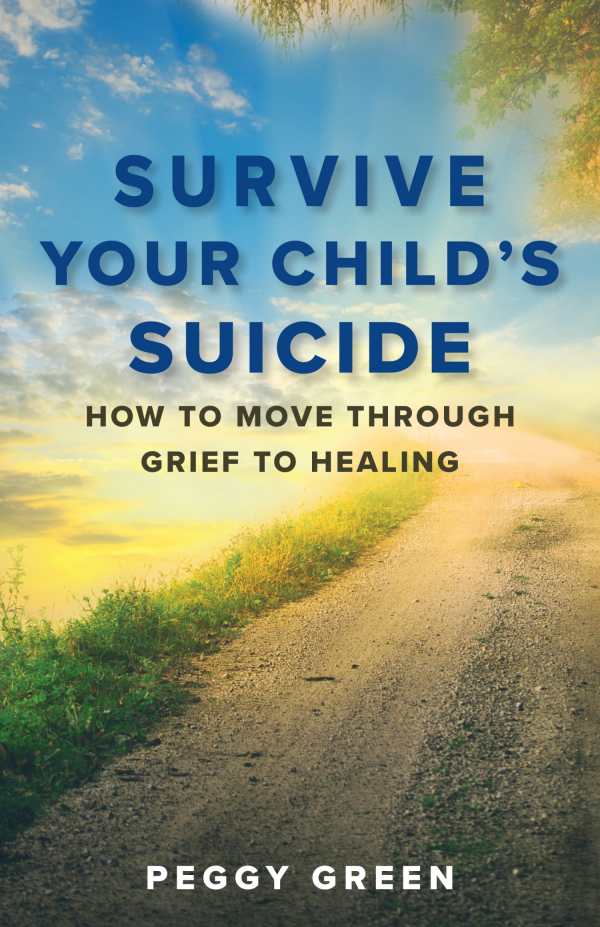It looks like you've stumbled upon a page meant to be read by our code instead of viewed directly. You're probably looking for this page.
Survive Your Child's Suicide
How to Move through Grief to Healing
- 2022 INDIES Winner
- Bronze, Grief/Grieving (Adult Nonfiction)
Peggy Green’s book Survive Your Child’s Suicide takes on self-help and grief from a delicate, informative place.
Grief coach Peggy Green’s self-help book Survive Your Child’s Suicide is a straightforward and gentle guide to parental grief.
Green was inspired by personal losses to become a grief coach, speaker, and author of numerous grief books. She lost two of her four children—a nine-month-old daughter in a daycare accident and a twenty-four-year-old son to suicide—as well as her parents and sister. From those experiences, Green developed a wholistic approach to managing grief, drawing on outside methods. Green writes about three overlapping and intertwining phases of grief: acceptance, overcoming fear, and recovery.
Great care is given to providing medical, psychological, and statistical information about grief and suicide. An early chapter examines the ways that grief was once a community event, with death and burial rituals lasting for months; it is now a more isolated and isolating time, Green notes. Another chapter shares ways to understand suicide, approaching it with the journalistic questions of what, who, when, where, how, and why and asserting that, for some parents, knowing the answers to each of these questions is vital to healing. The book asserts that “suicide is not an act of selfishness, weakness, or cowardice.”
The bulk of Survive Your Child’s Suicide is spent dissecting the three phases of healing. In the section on acceptance, the focus is on avoidance techniques—drugs, alcohol, and busyness, for example—and how they hinder healing. The book notes on repeat that the acceptance phase is not about forgetting the child who died by suicide; it’s more about realizing a new version of life without them in it. The section on the third phase contains the most practical advice, with chapters focusing on physical, mental, emotional, and spiritual health. And the book’s conclusion includes action steps for grieving, while its appendices contain helpful resources like suicide risk factors and warning signs, frequently asked questions and answers about grief, and grief affirmations.
Throughout the book are stories from Green’s friends and clients about how they made use of the guidance she gave them in their moments of grief: she showed one friend how choosing to remember who the lost person was and how they lived, rather than focusing on how they died, could lead to better healing. Another friend needed help with coming back to her old, positive self after her daughter died; she and Green worked together to remember what inspired her and nourished her then. Green’s prose is comforting and conversational, treating this complex subject with empathy.
Peggy Green’s book Survive Your Child’s Suicide takes on self-help and grief from a delicate, informative place.
Reviewed by
Ashley Holstrom
Disclosure: This article is not an endorsement, but a review. The publisher of this book provided free copies of the book and paid a small fee to have their book reviewed by a professional reviewer. Foreword Reviews and Clarion Reviews make no guarantee that the publisher will receive a positive review. Foreword Magazine, Inc. is disclosing this in accordance with the Federal Trade Commission’s 16 CFR, Part 255.
